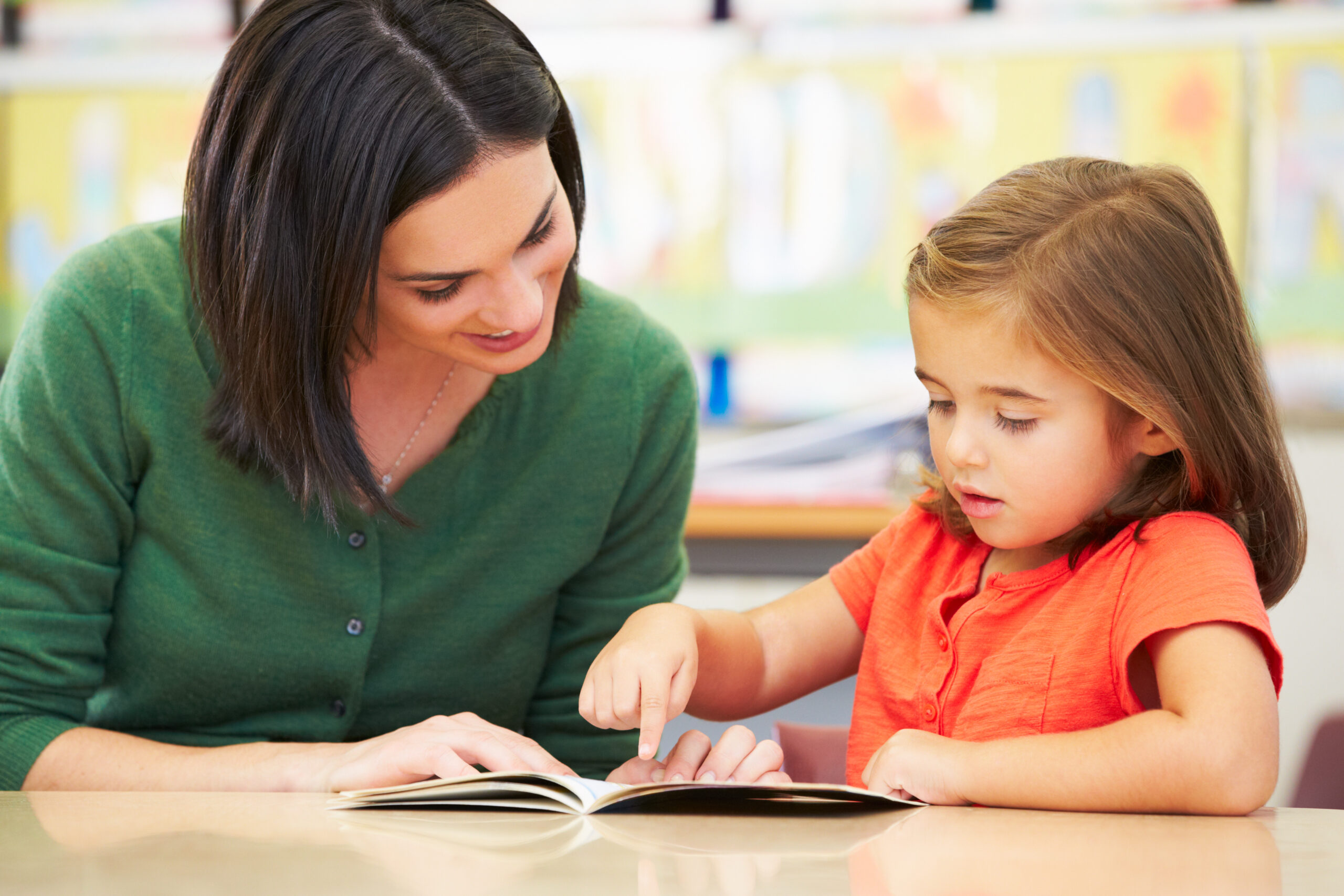Literacy expert Gill Matthews, shares some simple, enjoyable ideas for how parents can support their child’s reading comprehension and development at home. You may find this helpful to share with your pupils’ parents or you can adapt the ideas for your home learning plan.
Once your child is able to decode words – i.e. they can work out how to say words aloud when they are reading – you might feel rather redundant in terms of helping them to improve their reading. However, this is when you can help them to build up fluency and develop their understanding of what they are reading.
Ask your child to read a couple of pages aloud to you, encouraging them to use expression. Listen carefully as they read, helping where necessary.
- Are they reading in an expressive way or is their reading rather flat and mechanical?
- Are they using punctuation to help them to read e.g. pausing at commas and full stops, lifting their voice for a question mark?
- Are they using expression to make the meaning clear?
- How are they reading when characters speak?

Suggest that you take it in turns to each read a page. When it’s your turn, think about the points above so that you can model how to read aloud so that it’s interesting for the listener.
Each time your child reads aloud, check how they are using expression. It’s a good indicator as to how much they are understanding about what they read. It also helps for your child to read aloud from books they are familiar with – they will read known text more fluently and this will give them confidence as readers.
You can build your child’s comprehension – their ability to understand what they are reading – by talking to them. In a story you can talk about events, about the characters and about where and when the story is set. Think about this as having a chat about the book, one reader to another, rather than an interrogation.
So, ask questions that encourage your child to predict what they think might happen and to reflect on what has happened already. Keep these questions open – in other words, ask questions that don’t require a yes/no answer. For example, if you ask ‘How did you feel when …?’ you are more likely to get a fuller, more reflective answer than asking ‘Did you like it when …?’.
Ask about their favourite characters and how the characters change in the story. Ask how they think they would have felt or reacted if they were that character in that situation. Encourage them to give reasons for their answers.
You can invite them to ‘jump into’ the book: to put themselves into a situation and explore what they can see, what they can hear, what they can smell and how they might feel.

You can also use the following prompts to help with your book chat:
- Tell me what you liked about the book
- Tell me about something you didn’t like
- Tell me about something that puzzled you or that you didn’t understand
- Tell me about something that this book made you think about or reminded you of
There are no right or wrong answers to these prompts so you can then respond to your child’s thoughts with your own ideas.
You may well find that your child can work out how to pronounce new words but they don’t necessarily know what they mean. Encourage them to try and work out the meaning by reading the rest of the sentence, even the rest of the paragraph. If they can’t work out the meaning then give them a definition that they can understand and a sentence that puts the word into a familiar context. For example, an 8 year old was reading aloud and came across the word ‘humorous’. She worked out how to pronounce it but couldn’t work out the meaning. Her dad explained: ‘Humorous means funny. So, when your friends come round and I tell one of my jokes, they all laugh because they think I’m humorous.’ Imagine the eye rolling from the 8 year old – but she’ll remember what ‘humorous’ means now!
Reading is a great way to boost your child’s vocabulary. Before they read to you, read a few pages yourself and note down three words that you think will be new to your child. After they have read, revisit these words and check their understanding of the words. Go through the process above – giving a definition and a sentence that puts the word into a context. Ask your child to come up with their own sentence that uses the word. Challenge them to use their three new words at some point during the rest of the day.

When we read non-fiction books, we tend not to read them cover to cover, front to back – we dip into them, looking for information. So, if your child is reading non-fiction, talk to them about how to find what they are looking for. For example, using the contents page and the index. Some non-fiction books contain glossaries that explain the meaning of unfamiliar words. Encourage your child to use these. Once they have homed in on a particular page or section, they need to be looking for key words. Suggest that they try to picture the word, thinking about its shape and specific letters. They can then run their eye over the page, looking for that word. Play games that develop this skill of looking for key words by playing Fastest Finger First (You will need to prepare this in advance.): Challenge your child to turn to a particular page and then to find the first ‘the’ or ‘and’ on the page, or to find how many times the word ‘but’ appears, or the first proper noun (they need to look for capital letters to spot that one). Obviously, you can amend the words they are looking for according to the book they are reading.
If your child has enjoyed reading a book, why not try a few follow-up activities? There are some generic ideas that will work with many books: if you’ve read a story with your child, ask them to retell it or act it out; they could have a go at writing a sequel or another adventure with the same characters. If you’ve read a non-fiction book together, ask them to write a quiz based on the book, or encourage them to find out more about the subject of the book.
We should try to develop a love of reading in our children – often difficult when there are so many other distractions. Carry out a quick check:
- Does your child see other people in the family reading?
- Do they understand why people read e.g. for pleasure, for information?
- Are they aware of the wide range of reading materials that are available e.g. books, papers, magazines, on-line resources?
If you have any doubts about the answer to any of those points, try to actively address them. For example, you could set aside 15 – 20 minutes every day when everyone in the house reads. Quietly. To themselves.
Finally, in these unusual, and often stressful times, keep reading fun and enjoyable. Try to read with your child in a quiet place where they feel safe and secure. If they become bored or cross or upset – leave it and move on to something completely different.
Written by Gill Matthews
Gill Matthews is an education consultant specialising in the field of literacy. She runs training courses for teachers and has written a number of children’s books. Gill has written, edited and advised on a range reading schemes, including Collins Big Cat, and a variety of writing programmes.
 Collins Big Cat is a primary reading scheme packed with fantastic fiction and non-fiction by well-known authors and illustrators. Discover hundreds of banded readers, from Lilac to Pearl, to foster a love of reading in KS1 and KS2 children.
Collins Big Cat is a primary reading scheme packed with fantastic fiction and non-fiction by well-known authors and illustrators. Discover hundreds of banded readers, from Lilac to Pearl, to foster a love of reading in KS1 and KS2 children.
Find out more here.



